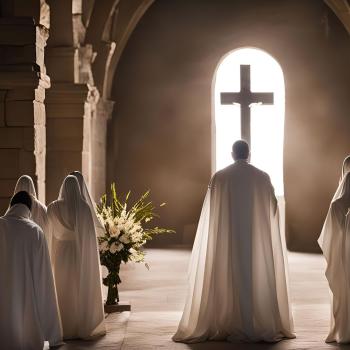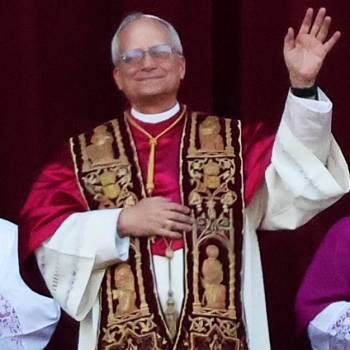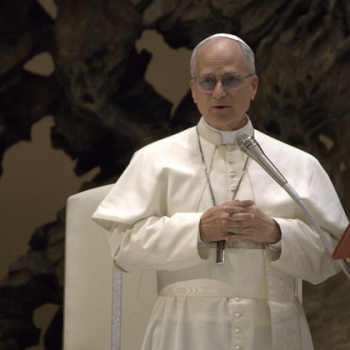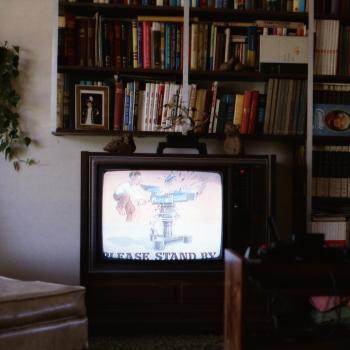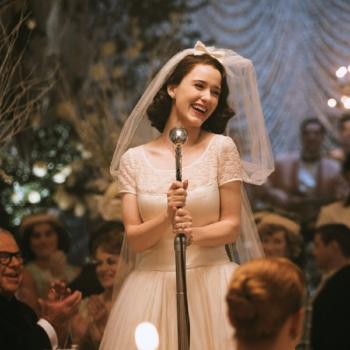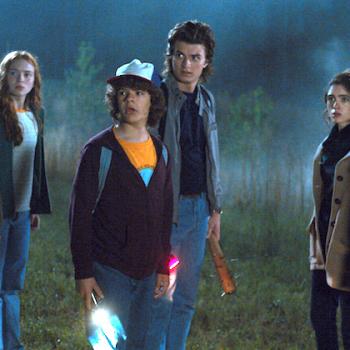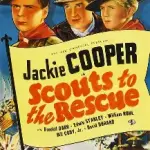 For Chaz Ebert
For Chaz Ebert
When I was a child in the ‘80s, a stranger who resembled Roger Ebert approached me in the line at the salad bar at the restaurant where my family was eating. My blood turned to ice water when he said, “Hi Chad—how’s it going?”
I thought the man intended to kidnap me, and I darted back to my family’s table, fearful and fleet-footed. My parents explained that the man probably heard them call me by name, and that he undoubtedly did what he did for his own amusement.
Sure enough, when I turned around in my chair to look for him, I saw him seated at a table laughing with someone who looked nothing like Gene Siskel—probably at my expense.
That I knew what Roger Ebert looked like—that this man reminded me of him physically—was a testament to the late film critic’s presence in popular culture.
Around the time of the salad bar incident, my friend Jeff and I made a mock newspaper and featured a fictional film review column by “Fiscal and Fleabert,” who gave films “two big smelly toes up.” Such was Ebert’s influence in the world, and on my mind.
In 2003, my artist friend Danny Joe Gibson and I began following in what we imagined were Ebert’s footsteps. We could not afford to attend Cannes or Sundance or the Toronto Film Festival, so we created our own fests.
Thinking Ebert probably lived at the theater, watching movies all day, every day, Danny and I watched as many as ten movies in a weekend for one of our fests—a feat we never topped.
I think Ebert would have appreciated our ambitious viewing selections, too. One claustrophobic fest took place in Danny’s five-by-nine-foot bedroom in a house he shared with Kansas City band The Elevator Division, and featured Akira Kurosawa’s Dreams, Ingmar Bergman’s Cries and Whispers, and Alejandro González Iñárritu’s Amores Perros, among others.
The size of the room, the heaviness of the films, and the nutritionally bankrupt junk food we ate all weighed on me, making me nauseous enough that I puked off of Danny’s front porch in the middle of Michael Cimino’s The Deer Hunter on the second day of the fest—a dramatic event worthy of the silver screen, no doubt.
In the fall of 2006, I began to pursue my love of film professionally, enrolling in a doctoral program in film studies. I dropped out the following spring, however, as my department lacked funding.
Furthermore, my professors, who lacked Ebert’s renown, also lacked his humility. They believed they breathed rarified air, but I believed the building that housed their offices simply lacked sufficient ventilation.
I hoped to earn my PhD in film so I could practice as a professor what Ebert did as a critic—I wanted to be his academic doppelgänger. His reviews always felt grounded, as if he cared more about the interests of the everyday moviegoer than the elitist film snob. I hoped to bring that approach to the classroom.
When I abandoned an academic career in film studies, I focused instead on screening films for my church. I teach a monthly course there called “Sanctuary of the Cinema,” and Ebert is never far from my mind.
When I joined Twitter in 2009, adopting the handle “@Saint_Upid,” I followed @ebertchicago and sent him tweets in hopes that he might reply with the words his doppelgänger spoke at the salad bar.
Through Twitter, he directed his followers to countless articles, films, and Internet personalities, as well as his own writings—among them, a memorable 2009 essay titled, “How I Believe in God.”
In it, he wrote, “I am not a believer, not an atheist, not an agnostic. I am still awake at night, asking how? I am more content with the question than I would be with an answer.”
As a Christian, I cannot help but look at Roger’s experiences through a theological lens. I, too, ask “How?” and have come to see this question as a stepping stone to wonder and worship.
From a believing perspective, I think of Ebert in the theater, absorbing all those human stories in the dark—taking the good, the bad, and the ugly into himself. He may not have been a believer, but he gave me a reference point for understanding how Jesus took all of humanity’s sins upon himself in the darkness of humanity’s existence.
Despite our differences in belief, I felt Ebert and I could get along well. In a gesture I can only attribute to wishful thinking, I invited him to watch movies with Danny and me via tweet. We invited film critic and former “Good Letters” blogger Jeffrey Overstreet, too. Neither wrote back, but I think they would have enjoyed our fest.
Looking back, I would have wanted Ebert to attend the fest we held at my apartment in September of 2008, before I married my wife Becki. For a weekend, my 580 square-foot bachelor pad became a movie theater.
I borrowed my church’s projector and covered the windows with black trash bags. We projected nothing but horror films on the twenty-foot-tall wall in my bedroom, which had a vaulted ceiling.
In the dark we watched Bob Clark’s Black Christmas, the original Wicker Man, and Dario Argento’s Inferno, among others. We watched films about the living and the dead, and we were reminded that we, too, would someday die. In Jesus, however, we hope to live again—and not like the undead in the zombie films.
As Danny and I prepare for our next fest—a tribute to Ebert—it occurs to me that, while his doppelgänger did not kidnap me, Ebert himself captured my imagination, and Danny’s as well. In our love for our captor, I suppose we experienced something like cinematic Stockholm Syndrome—we remain grateful for it.
Read Danny Joe Gibson’s reflections on Roger Ebert’s legacy in his life here.


